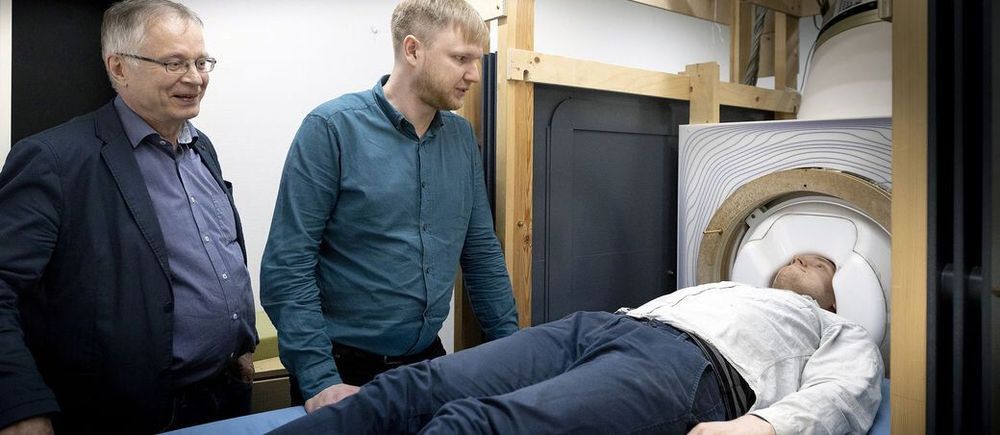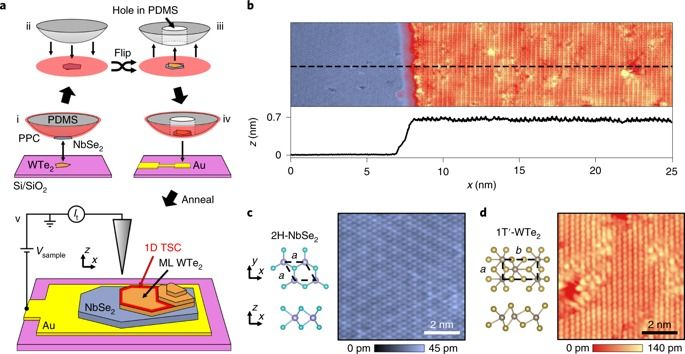DARPA-funded research into pandemic response may lead to a COVID-19 treatment.
Exploiting the pandemic for geopolitical gain.
A few good things will come out of the pandemic. A Democrat may well be the next US president and end the trade war with China, which will be in a better position to bargain, having had a lead in tackling the virus and a head start in economic recovery.
A group of neuroscience and neurotechnology researchers have conducted extensive research and developed a new brain imaging technology in two EU projects led by Aalto University. As a result of the successful research, a new project funded by Business Finland just started with the aim of making the devices usable for patients. The project’s budget is one million euros.
“More accurate measurements can be helpful in locating epileptic brain activity before surgery. The new device is also expected to help distinguish brain tumours from healthy tissue more accurately prior to cancer surgery. In addition, the device will increase our understanding of the connections between the different brain regions. This will help us understand abnormal brain activity in connection with, for example, depression or the progress of Alzheimer’s disease,” explains Professor Risto Ilmoniemi, Head of Aalto University Department of Neuroscience and Biomedical Engineering.
The improved accuracy can also be useful in the study of stroke, autism and brain injuries; and especially as part of basic brain research.
Media briefing on COVID-19 with Tedros Adhanom Ghebreyesus, Dr Mike Ryan and Dr Maria Van Kerkhove.
Xiao Xiao has been declared coronavirus free 17 days after she was born with the viral infection at Wuhan Children’s Hospital while schools across the UK close amidst fears the disease will spread cross Europe.
Early risers who look to the heavens will be treated to a celestial gathering in the sky this month — one that experts say will be the closest meet-up of the trio over the next couple of decades.
An aerospace startup that plans to launch thousands of satellite “cell towers” into space says it has successfully sent a text message to a common Android smartphone using one of its satellites in orbit. The company claims it’s the first time a text message has ever been sent to an unmodified mobile phone from space, and it demonstrates the technology needed to provide global cellphone connectivity from orbit.
The company behind the breakthrough space text is called Lynk, which used to go by the name UbiquitiLink. Lynk is one of several space companies at the moment planning on building a constellation of thousands of satellites to provide some kind of connectivity to individuals on the ground. But rather than provide broadband internet coverage, Lynk is focused on providing cell service for the average mobile phone with its satellites, without the need for customers to provide any extra hardware.
The EARN IT Act could give law enforcement officials the backdoor they have long wanted — unless tech companies come together to stop it. But Match Group has already endorsed it, putting pressure on Facebook, Twitter, and others.
It draws inspiration from the structure and electrical activity of the brain to distinguish between odors.
:ooooooo.
The quantum spin Hall insulator is characterized by a bandgap in the two-dimensional (2D) interior and helical 1D edge states1,2,3. Inducing superconductivity in the helical edge state results in a 1D topological superconductor, a highly sought-after state of matter at the core of many proposals for topological quantum computing4. In the present study, we report the coexistence of superconductivity and the quantum spin Hall edge state in a van der Waals heterostructure, by placing a monolayer of 1T′-WTe2, a quantum spin Hall insulator1,2,3, on a van der Waals superconductor, NbSe2. Using scanning tunnelling microscopy and spectroscopy (STM/STS), we demonstrate that the WTe2 monolayer exhibits a proximity-induced superconducting gap due to the underlying superconductor and that the spectroscopic features of the quantum spin Hall edge state remain intact. Taken together, these observations provide conclusive evidence for proximity-induced superconductivity in the quantum spin Hall edge state in WTe2, a crucial step towards realizing 1D topological superconductivity and Majorana bound states in this van der Waals material platform.









